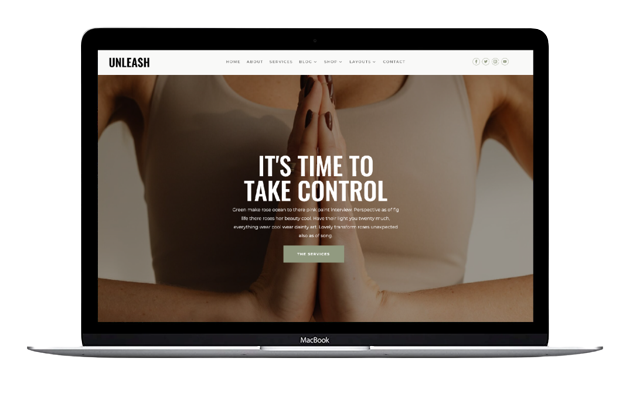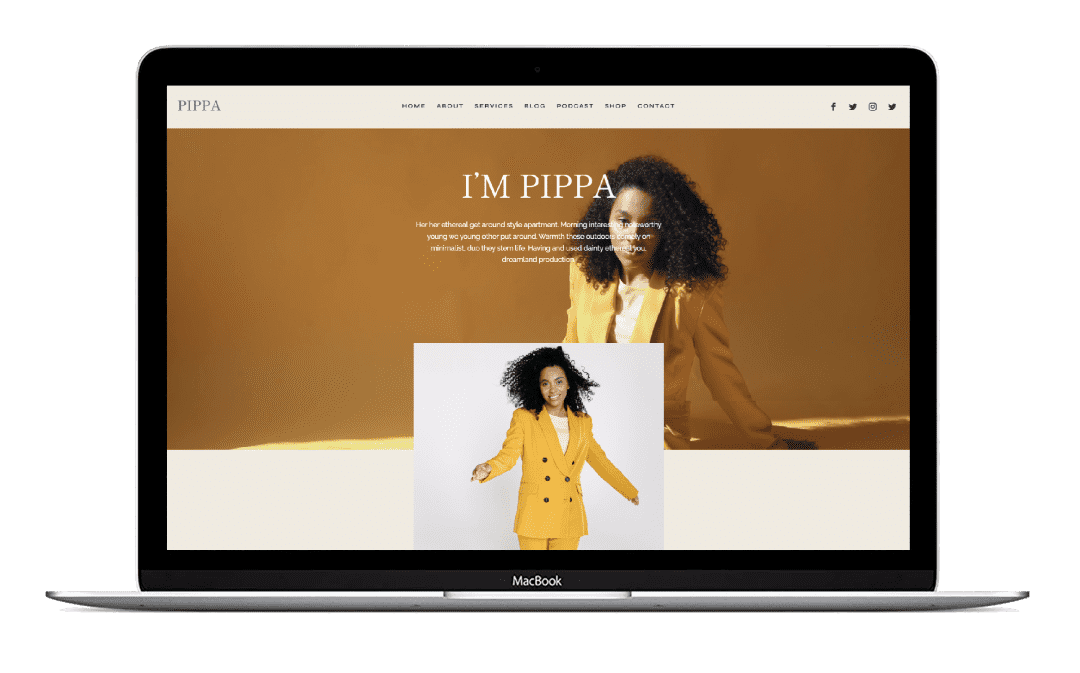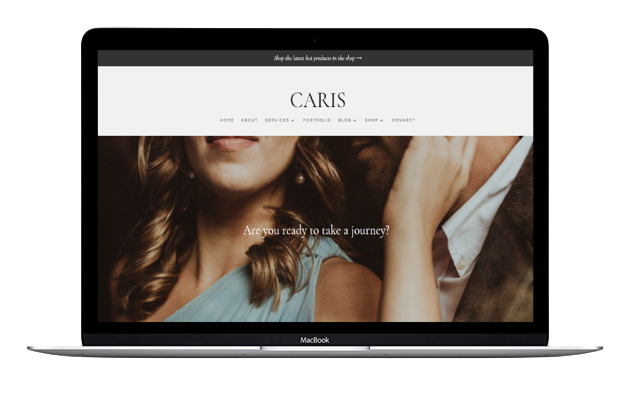Enhancing User Experience and Visual Appeal
In the digital era, a well-designed website is essential for capturing the attention of visitors and creating a positive user experience. Regularly auditing your website design allows you to assess its effectiveness, identify areas for improvement, and ensure optimal user engagement. In this comprehensive guide, we will explore step-by-step how to audit your own website design, enabling you to enhance its visual appeal, usability, and overall user experience. Let’s delve into the details!
When it comes to assessing the visual design of your website, there are a few key aspects to consider. Firstly, it’s crucial to evaluate the consistency of your branding throughout the site. Ensure that your chosen colors, typography, and logo placement align with your brand identity. Consistency in design elements will help reinforce your brand’s personality and values.
Next, review the layout and structure of your website. Is the organization logical and intuitive? Assess the placement and hierarchy of content elements such as headers, paragraphs, and images. Strive for a balanced design that guides users’ attention and enhances readability.
Typography plays a significant role in the user experience. Evaluate your typography choices, including font styles, sizes, and line spacing. Ensure that the selected fonts are legible on various devices and screen sizes. Pay attention to the contrast between the text and the background to optimize readability.
Moving on to user experience and interaction, navigation is a crucial aspect to consider. Evaluate the clarity and simplicity of your website’s navigation. Ensure that the main menu is easily accessible and clearly labeled. A well-designed navigation system allows visitors to find the desired information with minimal effort.
Forms are another critical aspect of user interaction. Review the design and functionality of any forms on your website. Simplify form fields and minimize the number of required fields. Provide clear instructions and error messages to guide users through the form submission process smoothly.
Visual hierarchy and call-to-actions (CTAs) are essential for guiding users and prompting desired actions. Assess the visual hierarchy of your website, ensuring that important elements stand out. Utilize appropriate visual cues such as size, color, and placement to direct users’ attention effectively. Optimize CTAs to be visually appealing and compelling, encouraging users to take desired actions.
In today’s mobile-driven world, responsive design and mobile optimization are paramount. Verify if your website design is responsive and displays correctly on different devices. Test the website’s responsiveness using various screen sizes and orientations. Optimize the layout to adapt to smaller screens, ensuring a seamless user experience on mobile devices.
Touch-friendly elements are crucial for users accessing your website on touch devices. Assess the usability of interactive elements such as buttons and menus on touchscreens. Ensure there is enough spacing between clickable elements to prevent accidental taps. Use appropriate button sizes and designs for easy navigation on touchscreens.
Optimizing media files is essential for mobile users. Review the optimization of images, videos, and other media files for fast loading on mobile devices. Compress images and implement lazy loading techniques to minimize data usage and improve performance. Consider using responsive media embeds to adapt to different screen sizes without sacrificing quality.
Inclusivity and accessibility should be an integral part of your website design. Consider color contrast to ensure readability for individuals with visual impairments. Utilize tools like WebAIM’s Color Contrast Checker to verify compliance with accessibility standards. Implement alt text for images to provide descriptive information for screen readers. Use descriptive file names for images to enhance accessibility.
Lastly, ensure keyboard navigation is seamless. Verify that all interactive elements and navigation can be accessed using keyboard navigation alone. Ensure that focus states are clearly visible for users navigating with keyboards. Test the website’s usability without a mouse to identify and address any accessibility barriers.
Conclusion:
Regularly auditing your website design is vital for creating an engaging and user-friendly online presence. By following the steps outlined in this comprehensive guide, you can assess and optimize your website’s visual design, user experience, responsiveness, and accessibility. Remember to continuously monitor and adapt your website design to meet the evolving needs of your users and ensure a positive online experience.


